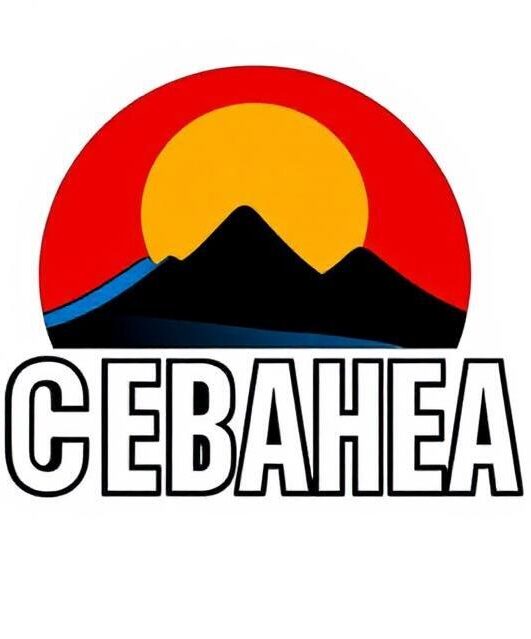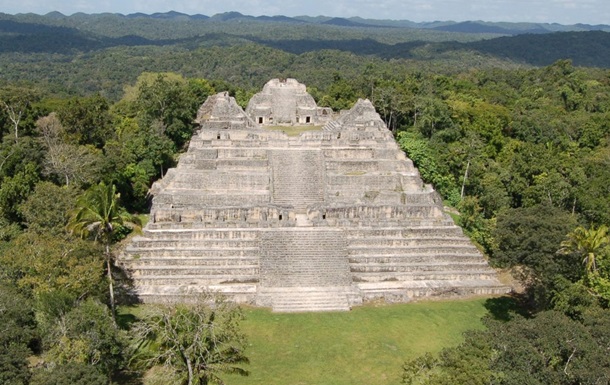This is the First Royal Burial at the Site in More Than 40 Years of Excavation
Archaeologists from the University of Houston have made one of the most significant discoveries of recent decades, uncovering the tomb of Tek’ab Chaac, the first king of the ancient Mayan city of Caracol, now in Belize, Central America. According to Arkeonews, this is the first identified royal burial at the site in more than 40 years of excavation.
The remains indicate that the king died at a ripe old age, was approximately 5 feet 11 inches (170 cm) tall, and had no teeth. His burial was the first of three elite tombs found within a single residential complex, dating to around 350 AD. This period also reflects the beginning of Mayan contact with the central Mexican city of Teotihuacan.
In one of the tombs located in the center of the plaza, archaeologists found objects associated with rituals that were not typical of the Maya: obsidian blades, atlatl tips, and ceramics from Teotihuacan. This may indicate the influence of foreign customs or even the presence of representatives of the royal court of Caracol in Teotihuacan.
Research at the site is ongoing in collaboration with the Belize Institute of Archaeology and with the support of organizations such as the Alphawood Foundation and the Ford Foundation. Plans include the reconstruction of a jadeite funerary mask, and DNA and isotope analysis of the bones of Tek’ab Chaac.
The city of Caracol, located in the jungle of the Cayo region, was once home to more than 100,000 people and covered more than 175 square kilometers. Its monumental structures, including the 43-meter-high pyramid of Kaan, are not inferior to other famous Maya centers.
Tek’ab Chaak ascended the throne in 331 AD and was buried around 350 AD in the northeastern acropolis of Caracol. His tomb contained a rich collection of ritual artifacts, including jadeite jewelry, mosaic masks, carved bone tubes, and Pacific shells. These items attest to the ruler’s high status. Some of the artifacts are decorated with animal images, such as noses, which later became part of the royal names of Tek’ab Chaak’s descendants. There are also references to the god of trade Ek Chuah.
The findings will be formally presented in August 2025 at a conference at the Santa Fe Institute on Maya-Teotihuacan interactions.

